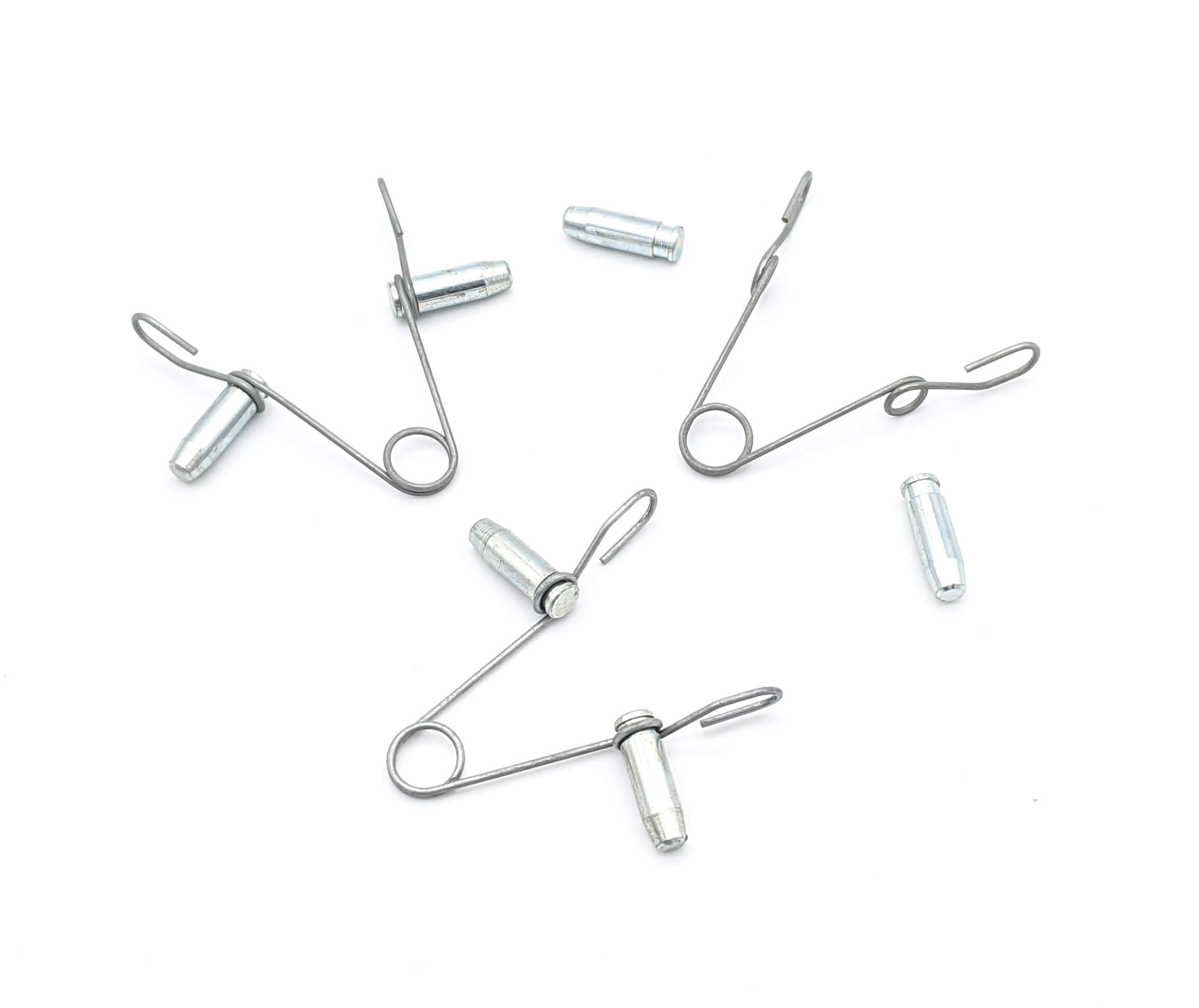Get unique, complex parts easily. No matter your requirements, Chaoyi Spring creates hard-to-produce coil springs and wire forms.
Let us help you create the custom wire form you need, from S-hooks and J-hooks to utility hooks and more.
We work closely with customers across a wide range of industries, helping them design and manufacture made-to-order parts.
Why choose Chaoyi Spring? We prioritize customer-focused collaboration, modern equipment and the latest technology to make your parts per print.
Find the information and guidance you need, from measuring a spring to learning about materials, placing an order and much more.
Choosing the right tension spring can be a daunting task, especially for those unfamiliar with the intricacies of spring design and sizing. With so many factors to consider, such as


Choosing the right tension spring can be a daunting task, especially for those unfamiliar with the intricacies of spring design and sizing. With so many factors to consider, such as spring rate, material, and length, it's easy to feel overwhelmed. But fret not! This comprehensive guide will walk you through the essential aspects of tension spring size charts and empower you to make informed decisions for your specific application.

Tension spring size charts are indispensable tools that provide a standardized framework for selecting the appropriate spring for your application. They typically list key parameters such as:
These charts are often organized by spring material, wire diameter, and free length, allowing you to quickly locate the spring that best suits your needs.
Before diving into a tension spring size chart, it's important to define the key requirements of your application. Consider the following factors:
By carefully considering these factors, you'll narrow down your choices and identify the most suitable spring for your application.
Once you have a clear understanding of your spring requirements, you can confidently use a tension spring size chart. Here's a step-by-step approach:
By following these steps, you can effectively use a tension spring size chart to select the right spring for your application.
Remember that tension spring size charts are just a starting point. It's always a good practice to consult with a spring manufacturer or engineering professional to ensure optimal design and performance for your specific application. They can provide expert advice on:
Don't hesitate to seek professional assistance to ensure your tension spring application is successful!
Tension spring size charts are invaluable tools for selecting the right spring for various applications. By understanding the factors to consider, using the charts effectively, and consulting with professionals, you can make informed decisions and ensure the successful implementation of your spring-based designs. Remember that a properly chosen tension spring can significantly contribute to the overall performance, reliability, and longevity of your product or system.
The journey of finding the perfect tension spring doesn't have to be an uphill battle. By understanding the nuances of spring size charts, meticulously considering your application's needs, and seeking expert advice when necessary, you can confidently choose the right spring to meet your requirements. With the knowledge and guidance at hand, you can embark on a journey of success and innovation with spring-powered solutions!
Browse some of the custom wire forms and springs that we manufacture. Don’t see what you need? We specialize in made-to-order products that meet your application requirements.
Visit Our GalleryNeed a custom wire form or coil spring? We make it work. Fill out the contact form and a representative will respond within 1 business day. If you have a PDF or CAD file, you can submit to request a quote.